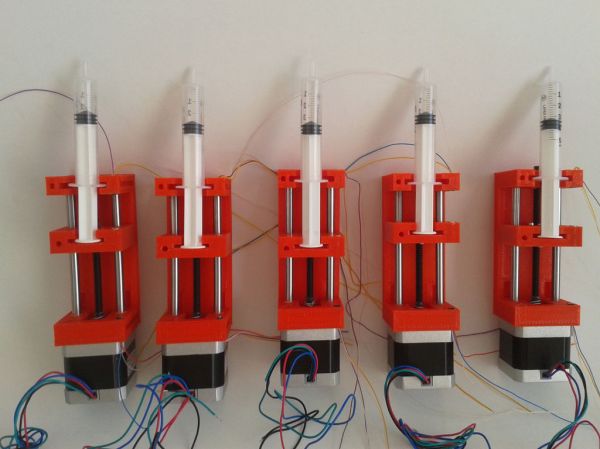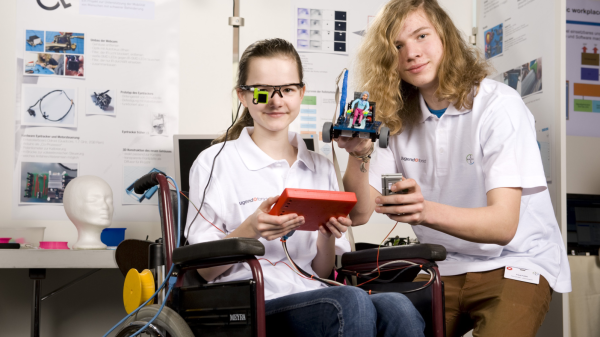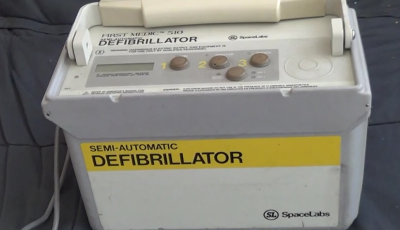Simple blood tests can lead a doctor toward a diagnosis of blood cancers, like leukemia, lymphoma and myeloma, but to really see what’s going on, he or she needs to go to the source of the problem: the bone marrow. Examining maturing blood cells from the marrow with a microscope is an important step in staging the disease and developing a plan for treatment, but it’s a tedious and error-prone process that requires a doctor to classify and tally a dozen or so different cells based on their size, shape and features. Automated systems like flow cytometry and image analysis software can help, but in an austere environment, a doctor might not have access to these. Luckily, there’s now an on-line app to assist with bone marrow cytometry.
Thanks to [Eduardo Zola], a doctor can concentrate on classifying cells without looking up from the microscope, and without dictating to an assistant. Keys are assigned to the different cell morphologies, and a running total of each cell type is kept. With practice, the doctor should be able to master the keying for the various cells; we suspect the generation of physicians that grew up with the WASD keying common in PC-based gaming might have a significant advantage over the older docs when it comes to learning such an app.
[Eduardo]’s app seems like a simple way to improve on an important medical procedure, and an enabling technology where access to modern instrumentation is limited. To that end, one area for improvement might be a standalone app that can run on a laptop without internet access, or perhaps even a version that runs on a smart phone. But even as it is, it’s a great entry for the 2015 Hackaday Prize.












 It’s safe to say we’ve all seen engineering solve part of this problem already. Over the last decade, Automatic External Defibrillators have become ubiquitous. The life-saving hardware is designed to be used by non-doctors to save someone whose heart rhythms have become irregular. [Chris Nefcy] helped develop AEDs and
It’s safe to say we’ve all seen engineering solve part of this problem already. Over the last decade, Automatic External Defibrillators have become ubiquitous. The life-saving hardware is designed to be used by non-doctors to save someone whose heart rhythms have become irregular. [Chris Nefcy] helped develop AEDs and 









